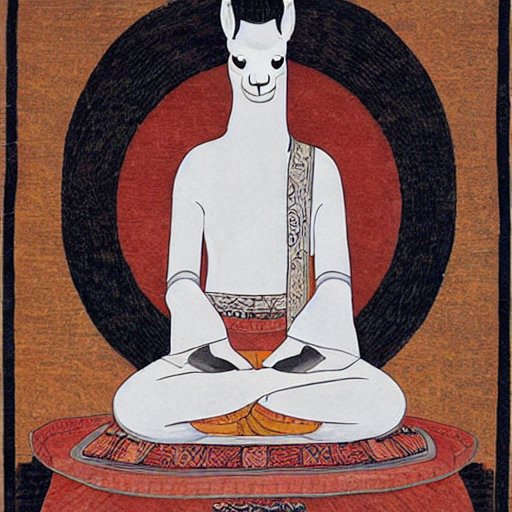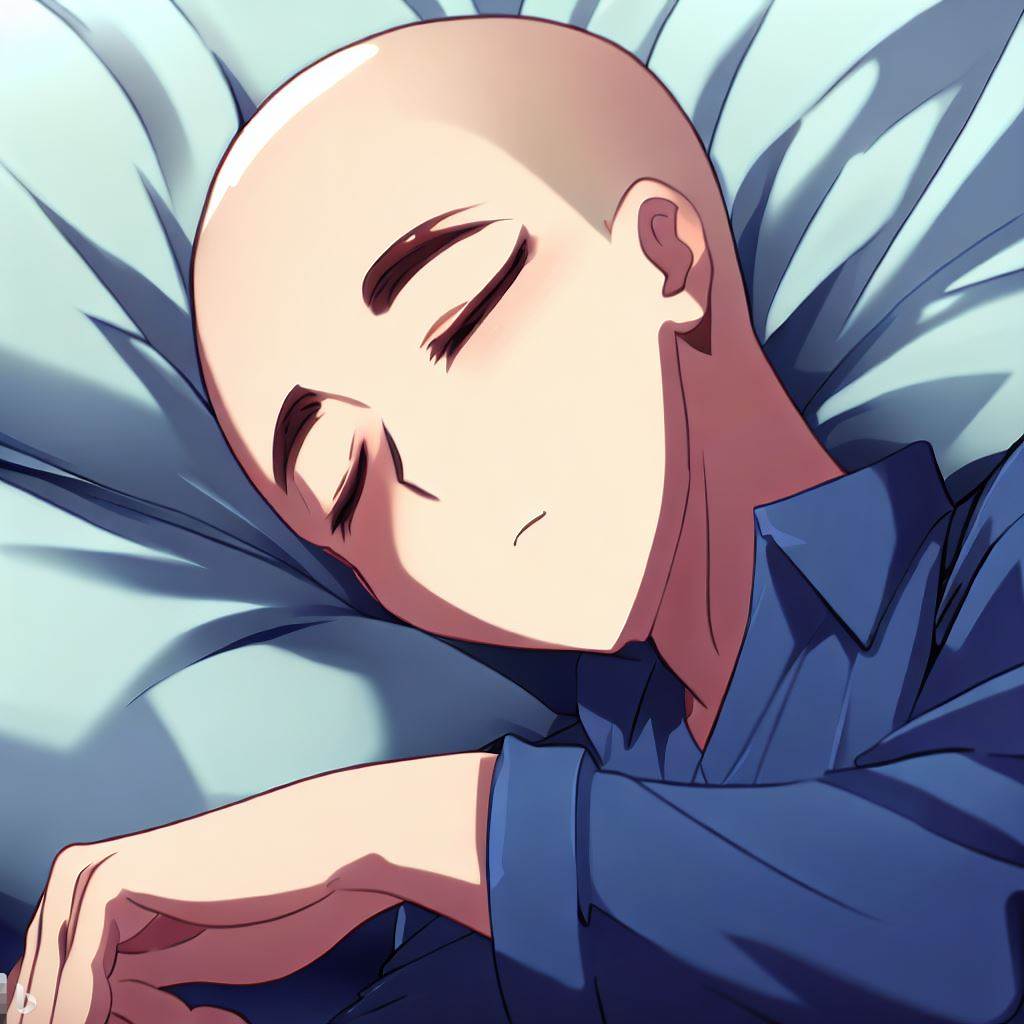So at work today, the discussion of household heating and gas/electricity bills came up (entering winter Down Under), and I commented that we have our central heating set to 14 Celsius (approx 57 Freedoms) overnight, and off during the day/evening. We find that 14 is quite comfortable under a fluffy doona/duvet. I was warmly mocked (well natured), and informed that something closer to 24C (75F) is appropriate, day and night.
Surely not… right?
If I set my winter evening thermostat to 14C my wife would have my head on a spike in the front lawn. Police be damned.
We keep it at 22C as a compromise during the day and 19 at night (since we sleep better in the cold).
18C . We live in a condo building that is well insulated so setting it any lower wouldn’t help. I agree, it’s preferable to sleep when it’s cooler. 24C in winter is insane - if you’re cold just put on a jersey or a fleece.
68-72F during the day
60-63F at night
I set temp to 18C when at home during the day, and 16/17C when away or night.
Bad insulation (empty air…), so if I lower too much it take hours to heat up again.Ahh yes, we also suffer from a lack of insulation. Empty ceiling and walls. The 50s was a pretty relaxed era for Australian housing.
It’s a house from the early 70s in France.
There was almost no insulation. First rules to improve that started around 1974.How does it work in Australia? Does gouv try to help people to improve that in old houses?
I guess it would be great for summer as I think it’s pretty warm there.I don’t believe the government has any running initiatives to improve energy ratings on old houses, but there are certainly standards for new builds like you would have today. Generally speaking, because the summer sun disproportionately heats up our metal roof (and our ceiling cavity is not insulated), it will get to around 2-3 degrees hotter inside than it is outside, if no climate control is used.
The advantage on a sunny winter day, is that it can be 10 degrees outside, and 17 inside if we’re lucky :) (but of course that heat vanishes the moment the sun goes behind the trees.)
Hotter inside than outside must be a nightmare especially to sleep.
I manage to keep temperature around 23/24 during summer and exceptionality 26/27 during heat wave. But I don’t have AC.It’s a bit more difficult on winter when the max temperature of the day is 1-2 degrees and there is no sun. Radiators need work frequently to keep 18 degrees.
I wish we would have more sunny winter days.I’m curious, what is the construction of an average 70s home in your region?
Traditional houses from the 70s are usually a basement and the house upstairs.
Basement is often half or totally underground.
Then the wall are made with cinder blocks, empty air and bricks.
There is chimney (not sure the term in English), so you can heat with wood, but most of the time there is central heating with Gaz or Fuel to replace or in complement.How is it in your country ?
In the winter, I’ll accept 23C anything colder and I catch a cold.




